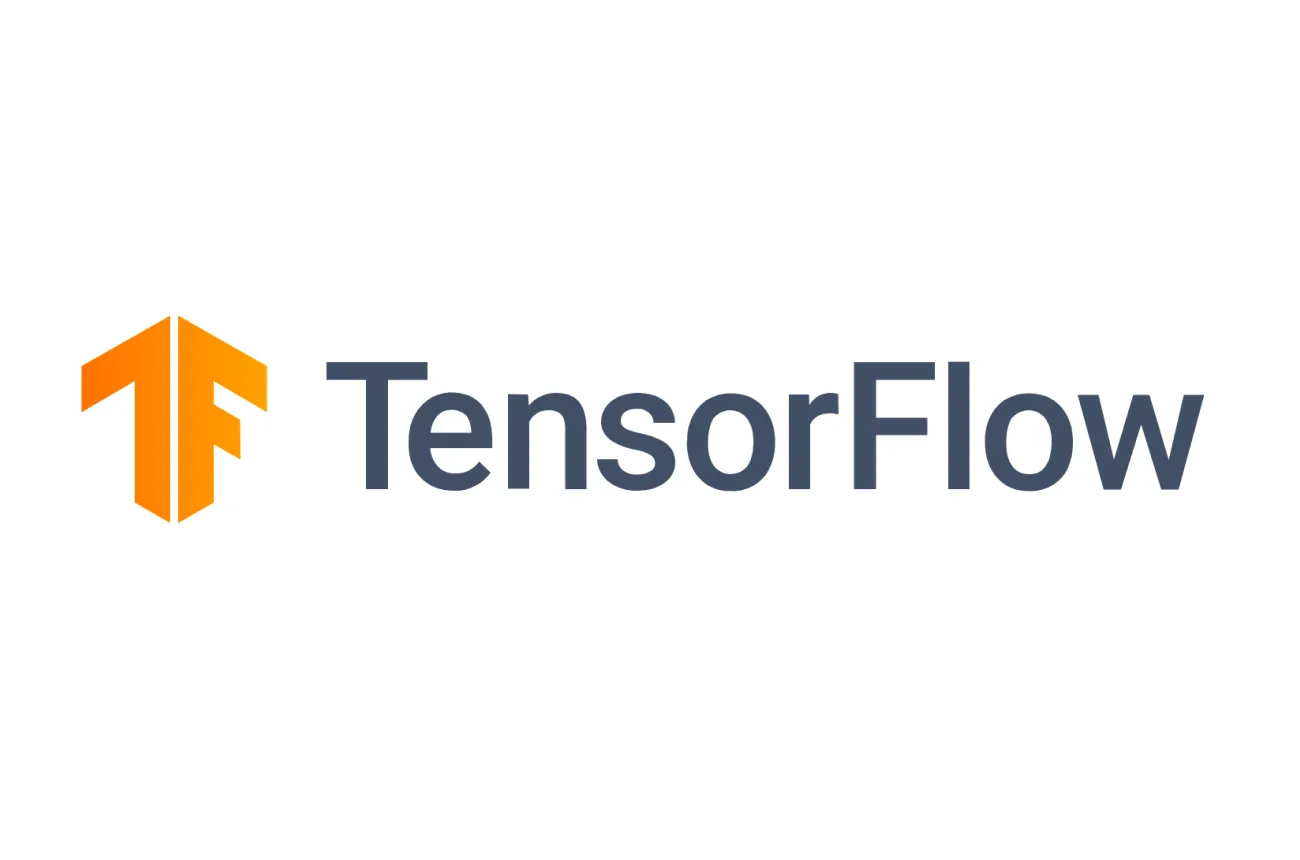Building Custom Machine Learning Solutions with TensorFlow Hub: A Step-by-Step Guide

Building custom solutions with TensorFlow Hub modules enables developers to efficiently integrate advanced machine learning capabilities into their applications. TensorFlow Hub is an open repository and library for reusable machine learning modules, offering a wide array of pre-trained models for tasks such as text embedding, image classification, and more.
Benefits of TensorFlow Hub:
- Accelerated Development: Access to a vast collection of pre-trained models reduces the time required to develop and deploy machine learning applications.
- Resource Efficiency: Utilizing pre-trained modules minimizes the computational resources needed for training models from scratch.
- Flexibility: Modules can be fine-tuned to cater to specific application requirements, allowing for customization while leveraging existing knowledge.
Getting Started
1. Installation and Setup
- Install TensorFlow and TensorFlow Hub:
pip install tensorflow tensorflow_hub- Import Necessary Libraries:
import tensorflow as tf
import tensorflow_hub as hub2. First Steps
- Load a Pre-trained Model:
# Load a pre-trained text embedding model from TensorFlow Hub
embed = hub.load("https://tfhub.dev/google/nnlm-en-dim128/2")- Define a Function to Generate Embeddings:
def embed_text(input_text):
return embed([input_text])- Test the Embedding Function:
sample_text = "TensorFlow Hub makes machine learning easier."
embedding = embed_text(sample_text)
print(embedding)Step-by-Step Example: Building a Simple Text Classification Agent
Objective: Classify movie reviews as positive or negative using a pre-trained embedding model from TensorFlow Hub.
1. Load and Preprocess Data
- Dataset: Use the IMDb movie reviews dataset.
import tensorflow_datasets as tfds
# Load the IMDb dataset
train_data, test_data = tfds.load(
name="imdb_reviews",
split=['train', 'test'],
as_supervised=True)- Preprocess Data:
# Batch and prefetch the data for performance optimization
BUFFER_SIZE = 10000
BATCH_SIZE = 512
train_data = train_data.shuffle(BUFFER_SIZE).batch(BATCH_SIZE).prefetch(tf.data.AUTOTUNE)
test_data = test_data.batch(BATCH_SIZE).prefetch(tf.data.AUTOTUNE)2. Build the Model
- Define the Model Architecture:
model = tf.keras.Sequential([
hub.KerasLayer("https://tfhub.dev/google/nnlm-en-dim128/2", input_shape=[], dtype=tf.string, trainable=True),
tf.keras.layers.Dense(64, activation='relu'),
tf.keras.layers.Dense(1, activation='sigmoid')
])3. Compile the Model
- Specify Loss Function and Optimizer:
model.compile(optimizer='adam',
loss='binary_crossentropy',
metrics=['accuracy'])4. Train the Model
- Execute Training:
history = model.fit(
train_data,
epochs=5,
validation_data=test_data,
verbose=1)5. Evaluate the Model
- Assess Performance:
loss, accuracy = model.evaluate(test_data)
print(f"Test Accuracy: {accuracy:.2f}")6. Make Predictions
- Predict Sentiment of New Reviews:
sample_reviews = [
"The movie was fantastic! I loved it.",
"I did not enjoy the film. It was boring."
]
predictions = model.predict(sample_reviews)
for review, score in zip(sample_reviews, predictions):
sentiment = "Positive" if score > 0.5 else "Negative"
print(f"Review: {review}\nSentiment: {sentiment}\n")Applications of TensorFlow Hub Modules:
TensorFlow Hub modules can be applied across various domains:
- Image Classification: Utilize pre-trained models to identify objects within images, enabling rapid development of image recognition applications.
- Text Embedding: Implement models like BERT for natural language processing tasks, such as sentiment analysis and question answering.
- Object Detection: Deploy models capable of detecting multiple objects in images or videos, useful in surveillance and autonomous systems.
- Style Transfer: Apply artistic styles to images using style transfer models, creating unique visual effects.
Final Thoughts:
TensorFlow Hub offers a powerful platform for developers to incorporate advanced machine learning models into their applications efficiently. By leveraging pre-trained modules, you can accelerate development, reduce resource consumption, and maintain flexibility in customizing solutions to meet specific needs. Exploring the diverse range of available modules opens numerous opportunities.
Cohorte Team
February 28, 2025

